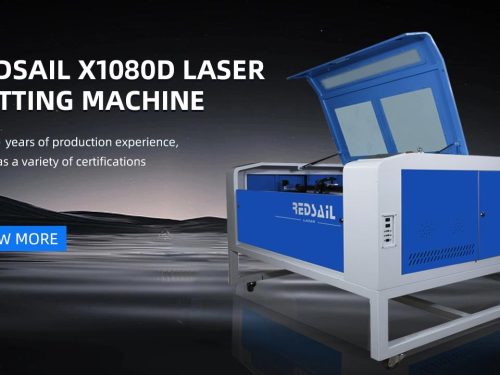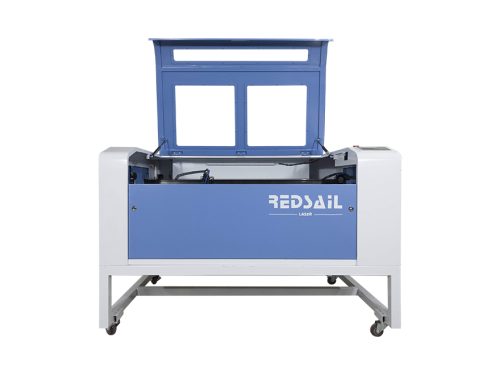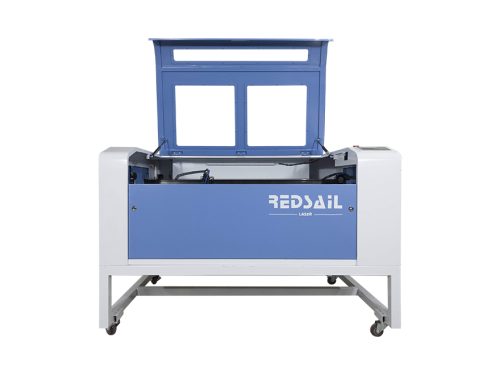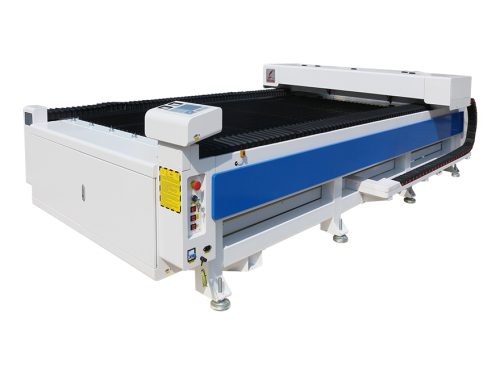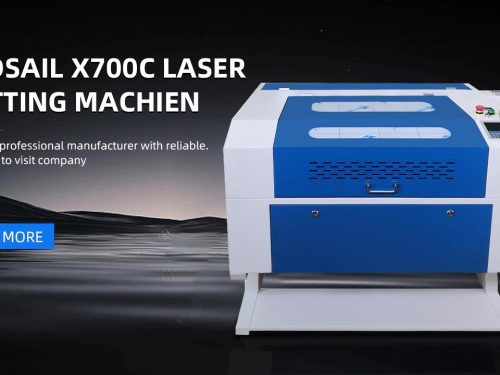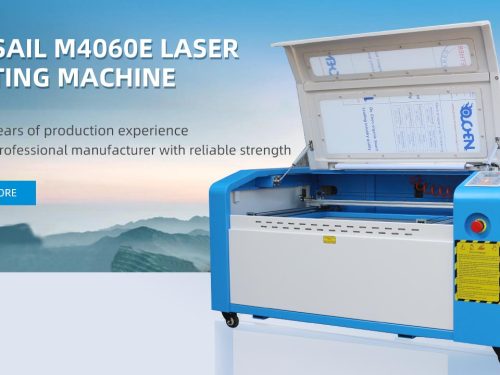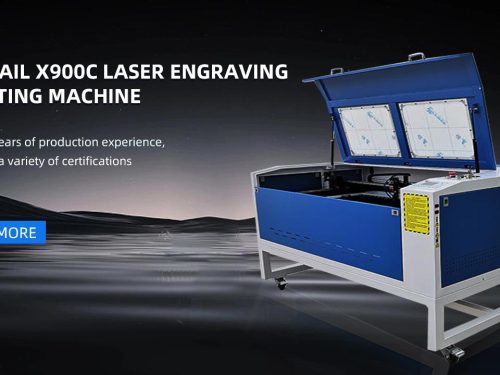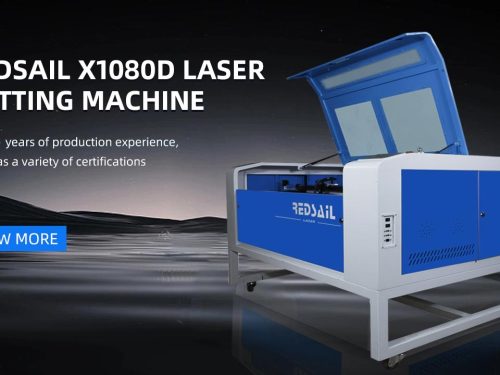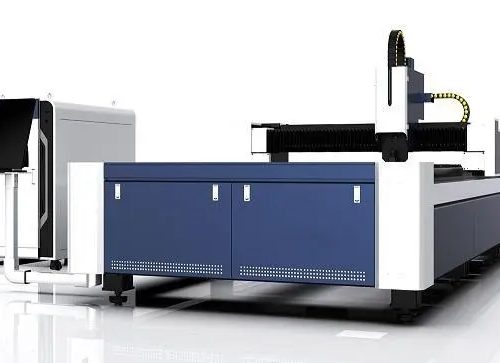
Today’s laser cutting machine industry can be said to be a mixture of good and bad. The rise of laser cutting machines in China originated in the 1970s. With the continuous development of science and technology, the manufacturing level of domestic laser cutting machines has reached international standards. Every year, countless new people engage in billboard production or laser engraving and cutting thin metal processing. But how many people really understand the laser cutting machine?
From your own perspective: First of all, don’t try to buy the best things at the lowest price at any time. This may lead to poor after-sales service or incomplete product functions. When you are not sure, you can go to all major platforms first, and it is better to go to the factory on the spot. For testing equipment, equipment configuration, debugging equipment, after-sales personnel, business personnel, office areas, etc., you can carry out field research and investigation, and the approximate price should be known.
Considering the capability of machinery and equipment, the all-around equipment may not be the best. After all, there are too many all-around equipment and some aspects may not be so good. The more powerful the function is, the more complex the operation is. For users who have just started using the laser cutting machine, it is OK to buy a machine that meets your requirements to the greatest extent.
From the manufacturer’s point of view, there is virtually no difference between good and bad polarity of the machine. There is still a slight difference. The best one is the one that suits you. The expensive one is not necessarily the best, but the cheap one must have some disadvantages. Some companies described their products very well before cooperation, but when there was a problem, they couldn’t find anyone to look for after sales service. So the most important thing is to see if the manufacturer has perfect after-sales service.

